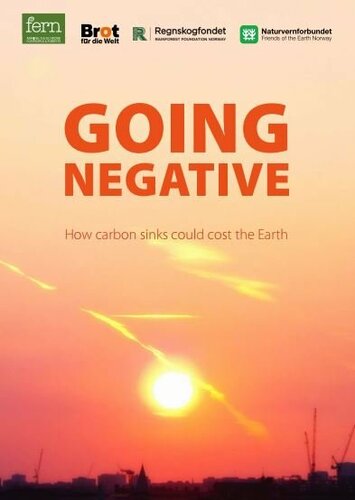
The 2015 Paris Agreement on climate change was a landmark, which put the use of land-based sinks such as forests at the heart of the global blueprint for stemming global warming.
This raises two problems.
1. It may encourage the growth of sinks as an alternative to cutting emissions (offsetting). The difference from offsets is that negative emissions encourage emission reductions as well as (not instead of) fossil fuel reduction.
2. It may encourage the false idea that achieving a “balance” between the current emissions and sinks will prevent overshooting the declared temperature target. To limit global warming to “well below 2 degrees Celsius – and preferable 1.5 degrees,” we need to actively reduce the carbon dioxide in the atmosphere, hence – “negative emissions.”
The scale needed to engineer a stable climate through carbon sequestration by trees requires significant areas of land, putting pressure on poor-world land to lock up rich-world emissions and could compete with other world priorities such as food security, biodiversity protection, human rights and ending poverty.
But it doesn’t have to.
Done right, through systems such as community forestry agro-ecological farming, the promotion of forests and agricultural soils as carbon stores could also promote biodiversity and benefit communities. Carbon sinks and sustainable development could go together.
Category: Reports

